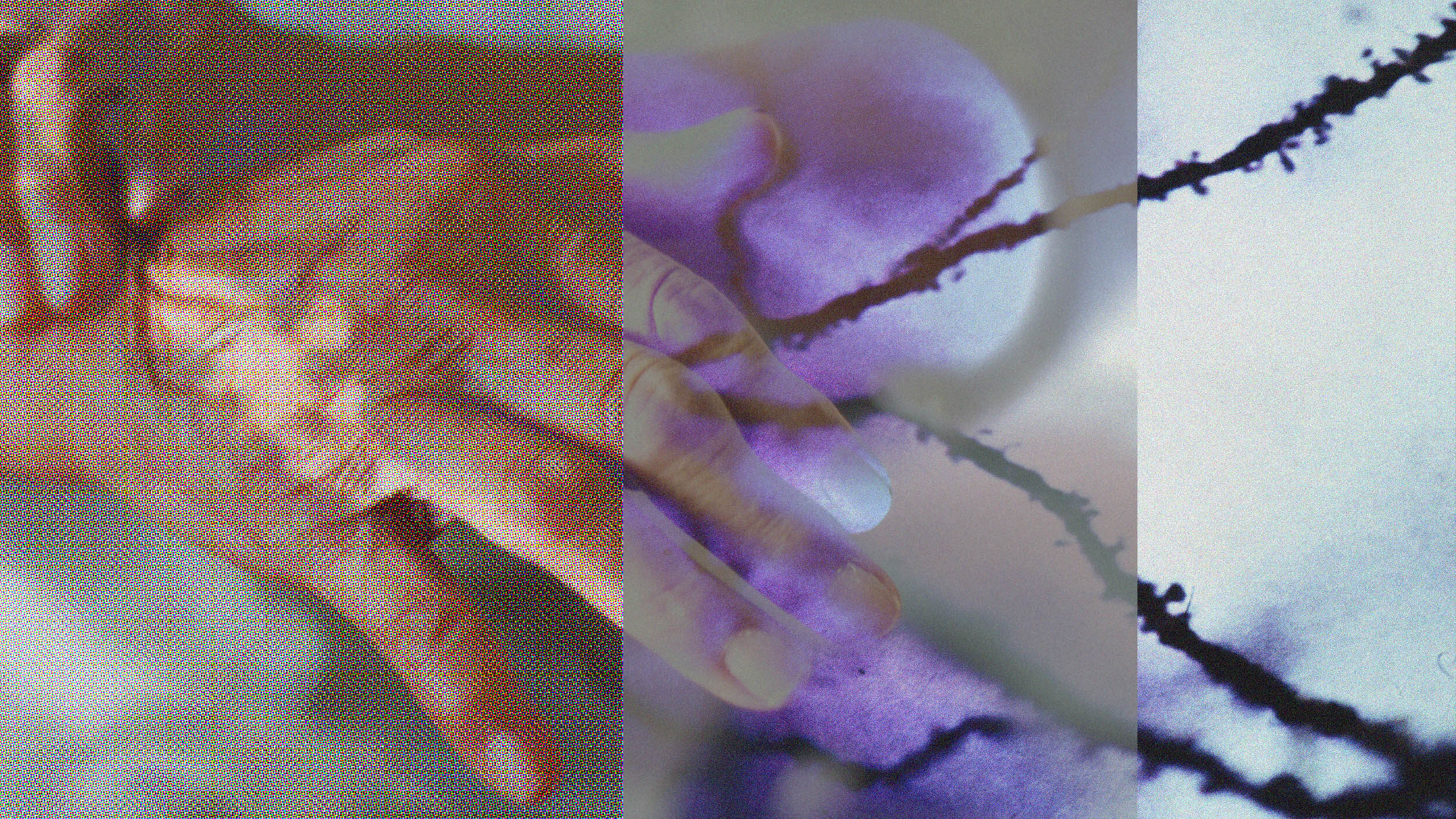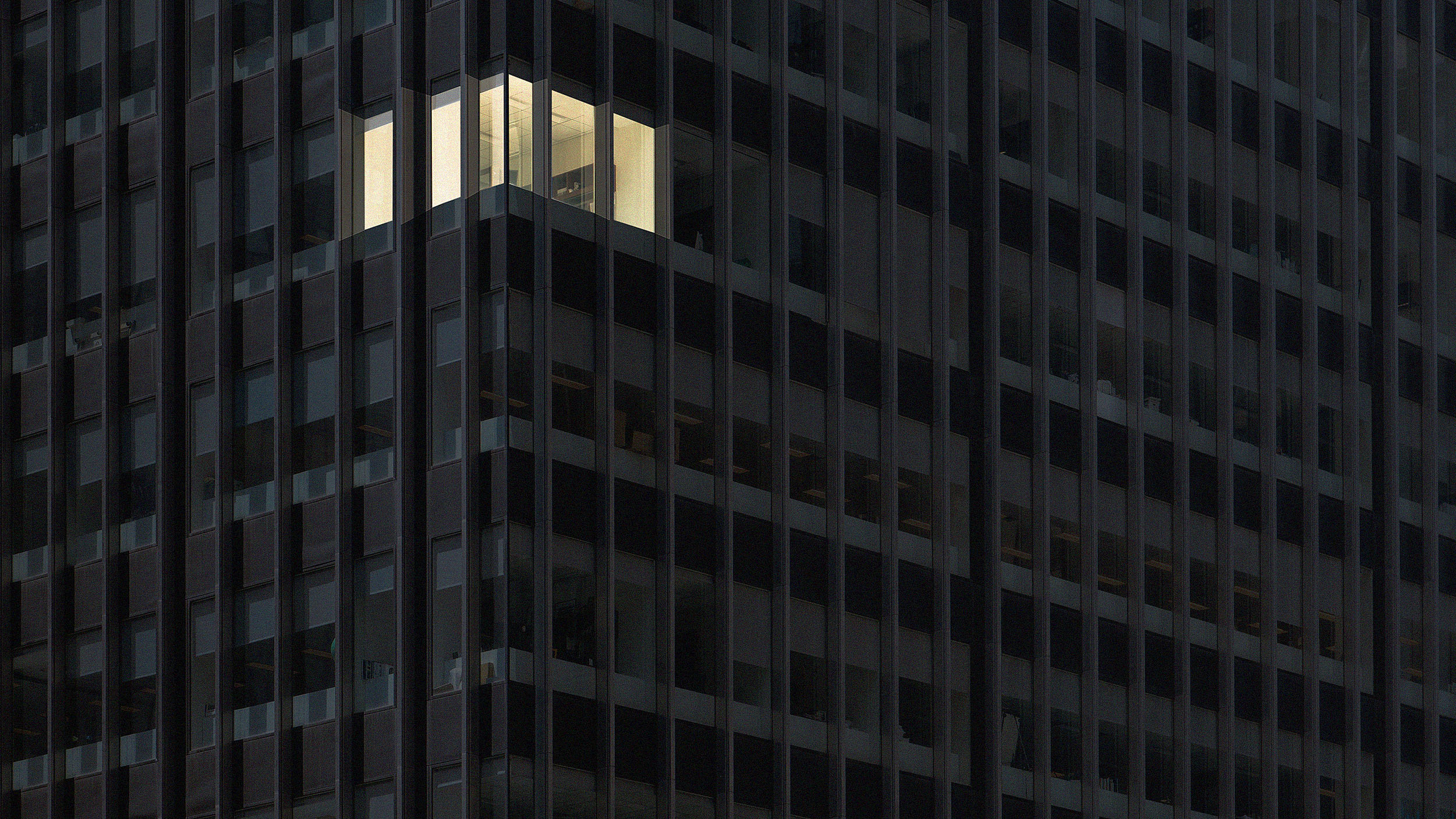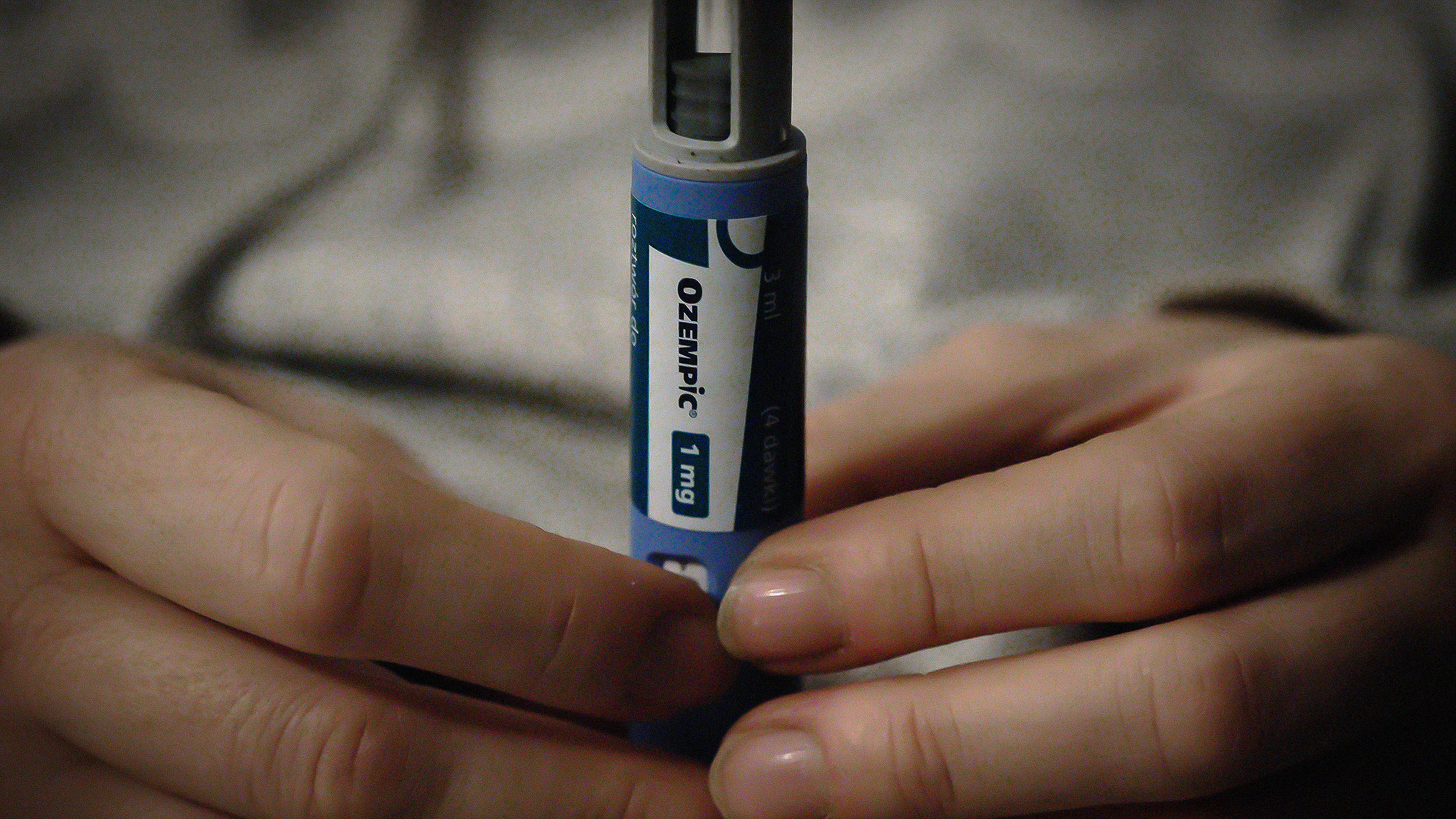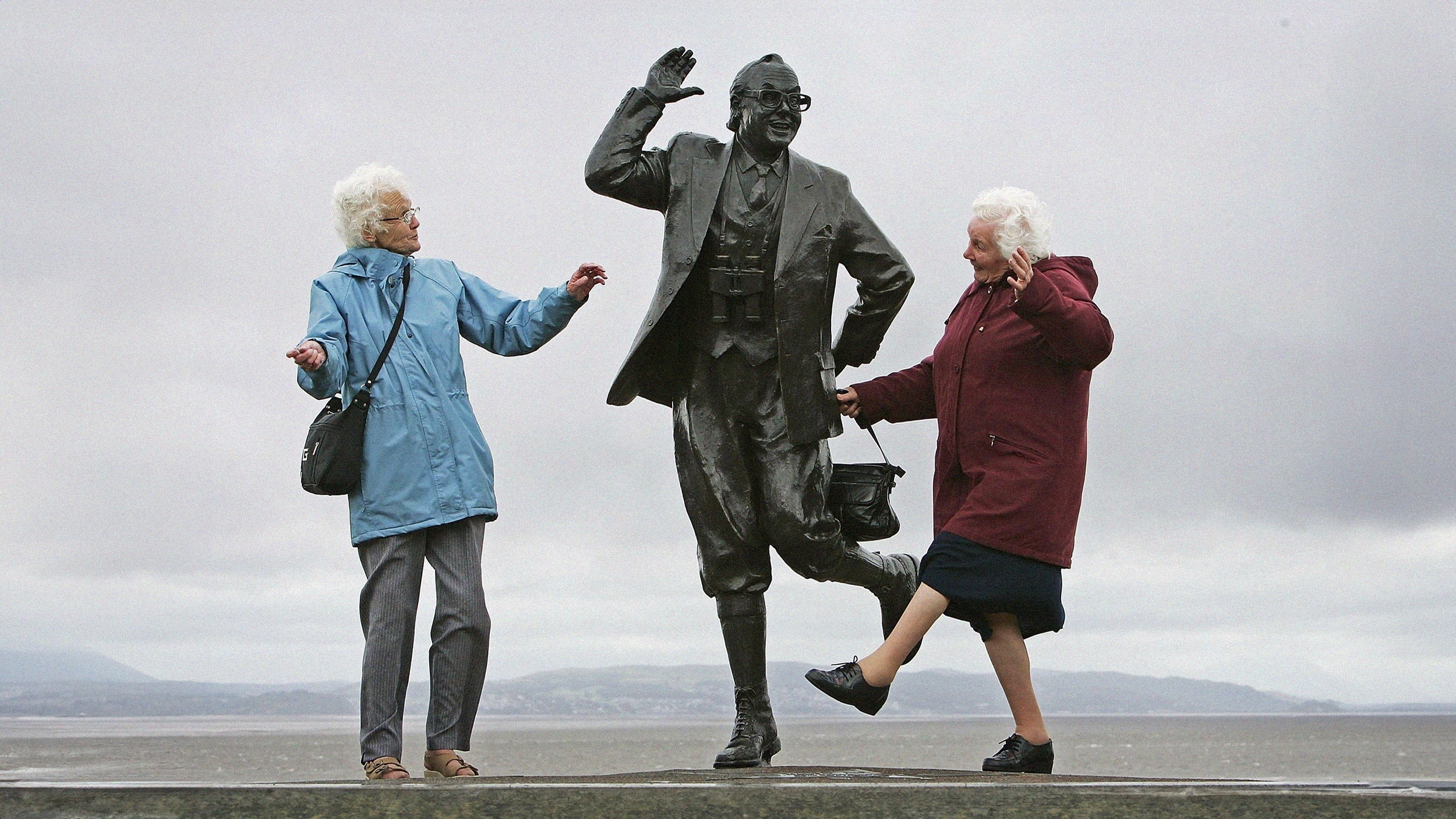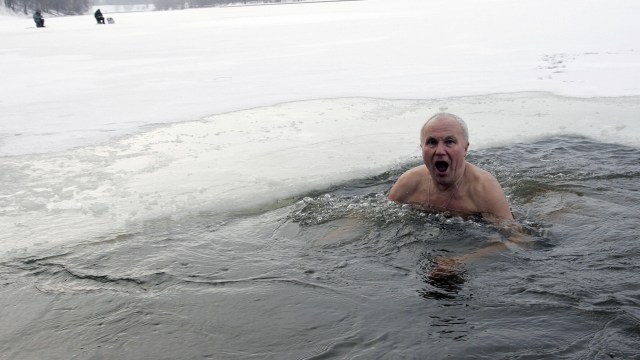- A new study out of Denmark finds that physical laborers are at an elevated risk of dementia.
- These findings hold even when other health factors are accounted for.
- The study also suggests that exercise can help reduce the risk of memory loss.
A new study out of Denmark confirms that the risk of dementia is higher for people employed as manual laborers than it is for those with less physically demanding jobs. It also somewhat confirms previous studies suggesting that light exercise reduces the likelihood of dementia. These seemingly contradictory findings, combined with other studies, continue to advance our understanding of how dementia works and, more importantly, how to prevent it.
The study, “The effect of occupational physical activity on dementia: Results from the Copenhagen Male Study,” was published in The Scandinavian Journal of Medicine & Science in Sports. It reflects 50 years of following nearly 5,000 Danish men, understanding their health and habits, and recording their medical histories.
In 1970, 4,271 Danish men working in various fields from railroading and road construction to banking and medicine filled out a questionnaire with two principal aims. The first portion focused on questions about their general health, including if they smoked, drank, suffered from obesity or high blood pressure, and if they regularly experienced high levels of stress. They then filled out a portion concerned with how much leisure exercise they tended to get and how physically demanding their job was.
Starting five years later, the researchers began to look into the test subjects’ medical status in search of dementia cases using a combination of publicly available information and check-ins with participants.
The results were clear and concerning. Men who reported working physically demanding jobs developed dementia 55 percent more often than their peers working desk jobs. This number accounts for differences in education, socioeconomic levels, drinking habits, and other factors that could increase memory loss. It was also higher than for those whose jobs involved some physical activity but which were less strenuous.
While an association between strenuous physical labor and dementia had been assumed for years, this is the first major study to demonstrate the connection unambiguously. The researchers speculate that the mechanism at work may be related to the potentially negative impact of occupational physical activity on the cardiovascular system.
Study co-author Professor Andreas Holtermann noted that these findings present a challenge to health policymakers trying to improve brain health for several reasons:
“A lot of workplaces have already taken steps to improve the health of their staff. The problem is that it is the most well-educated and resourceful part of the population that uses these initiatives. Those with a shorter education often struggle with overweight, pain and poor physical fitness, even though they take more steps during the day and to a larger extent use their body as a tool. For workmen, it is not enough for example to avoid heavy lifts if they wish to remain in the profession until age 70. People with a shorter education doing manual labor also need to take preventive steps by strengthening the body’s capacity via for example exercise and strength training.”
As the professor implies, the findings of this study become more concerning when combined with the statistics showing that, at least among the Danes, men working in these physically intensive jobs are also more likely to smoke, drink, be overweight, remain unmarried, and find themselves in lower socioeconomic levels. All of these factors can contribute to memory loss.
The authors of the study suggest that these findings should be used to make advice on how to prevent memory loss more specific, as leisure-time physical activity (which is good for the brain) and intensive physical labor (which is bad for it) might not be easy to differentiate in current public health literature.
Additionally, they call for more studies into the relationship between occupational physical activity and dementia, with a particular focus on how people in differing socioeconomic levels are affected.
These results can seem frightening, but the study also points towards ways to reduce your risk of memory loss.
This study found mixed results regarding the benefits of exercise, but it points towards and does not contradict the large amount of evidence for its services in keeping the brain healthy. Exercise can help keep many parts of the brain working their best.
Other things that can help keep your brain healthy and memory loss in check include eating well, neither smoking nor drinking, and staying both mentally and socially active. As Carl Sagan mused, the brain is like a muscle, and it appears to work as any other muscle does. If used regularly and cared for as you care for any other muscle, it tends to remain healthy. If it is rarely used and treated poorly, it tends to decay.
Understanding how the brain works and how to keep it working are incredibly complex tasks. By confirming both that exercise is good for the brain and that potentially damaging labor is bad for it, this study can help medical professionals and public health experts create new guidelines for promoting brain health. We all stand to benefit from the results.

